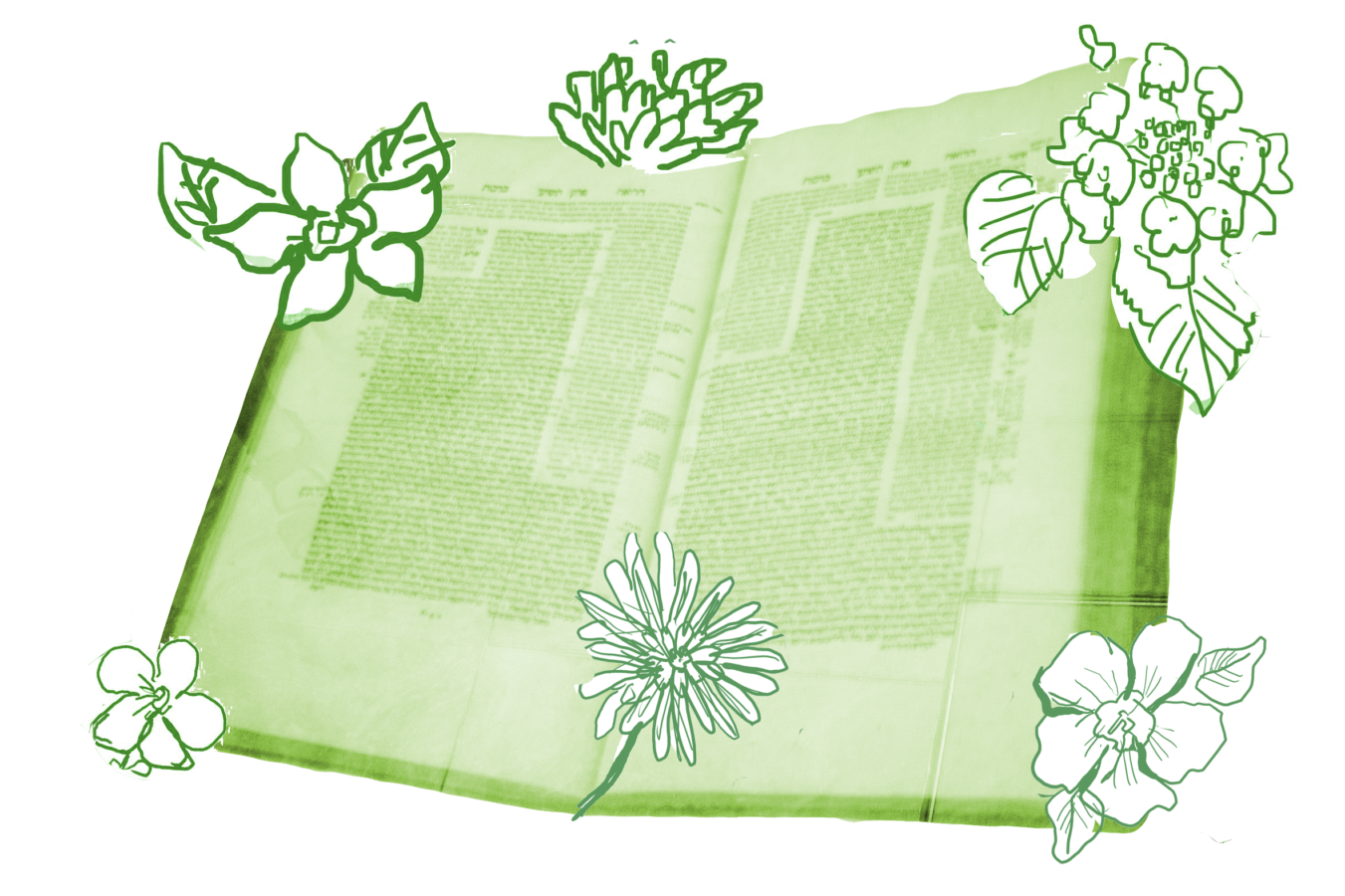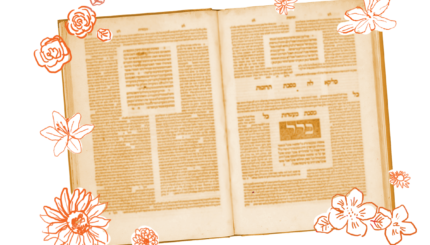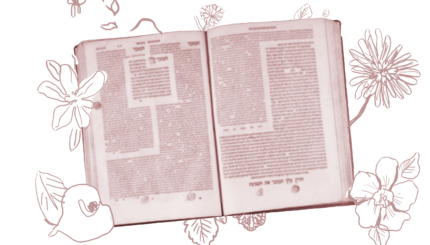The ritual of sotah is designed to deal with an uncertainty: We don’t know whether or not the woman has actually committed adultery. On today’s daf, we encounter a long beraita that uses this ritual to try to better understand another case of uncertainty: When someone doesn’t know whether they have accidentally touched the carcass of a creeping animal (sheretz).
According to Leviticus 11:29–30, people contract impurity from contact with the carcasses of eight species of sheretz: moles, mice, a variety of lizards, etc. Contact renders one ritually impure, but what if one is not sure whether physical contact has actually been made? Should we say that person is pure or impure? The Torah does not say. But it does talk about uncertainty in the case of the sotah, and this is then applied to the case of the sheretz:
From here (sotah) you can derive the halakhah in a case of uncertainty with regard to whether the carcass of a sheretz (has imparted impurity). Just as in the case of a sotah, where the Torah does not consider unwitting adultery like intentional adultery, and rape is not like a willing transgression, yet still the Torah considers an uncertain case of adultery like a certain violation (inasmuch as the woman is forbidden to her husband until the truth is clarified).
So too, with regard to a sheretz, where the Torah does consider unwitting contact with impure items like intentional contact (inasmuch as one contracts impurity either way) and an accident is treated like willing contact, is it not logical that the Torah must also consider an uncertain case of transmission like a case of certain of contact with an impure item?

Help us keep Jewish knowledge accessible to millions of people around the world.
Your donation to My Jewish Learning fuels endless journeys of Jewish discovery. With your help, My Jewish Learning can continue to provide nonstop opportunities for learning, connection and growth.
The rabbis note that the woman of uncertain guilt, when it comes to adultery, is still treated as potentially guilty. That is, she is forbidden to her husband until the sotah ritual proves her innocence. Likewise, argues this beraita, the person of uncertain impurity — because we do not know if they touched the carcass of the sheretz — should be treated as impure until they go through the rituals to purify themselves.
The beraita goes on to qualify this principle, demonstrating that in the case in which we are uncertain whether someone has touched a sheretz, they are only assumed impure if the contact happened in the private domain (because a sotah commits her transgression in the private domain). Further, just as a sotah is conscious person who can be asked whether she committed adultery (though we don’t necessarily trust her to answer honestly), only a person that may have had contact with a sheretz is considered impure from the uncertain contact — an object, which has no consciousness, is not.
This beraita is not particularly useful for contemporary readers as neither the laws of sotah nor of ritual impurity are active today. And it doesn’t seem to be authoritative in Jewish tradition: The commentators suggest that while some of the laws about ritual purity are derived from the sotah, this one may not be one of them. And this makes it a good demonstration of the reason Talmud students are often warned that we don’t make decisions about how to put Jewish law into practice solely based upon the Talmud. Because not every conversation you find in its pages has been codified into law.
But this beraita does highlight a common and highly valued mode of rabbinic thinking: resolving difficulties in one area of law by applying solutions imported from other areas of law that are similar or parallel to the one in question. Not only is this a hallmark of rabbinic logic, it was one that they held in high esteem. As we learned on Chagigah 14a, the mark of an intelligent person is their ability to infer one thing from another.
Read all of Sotah 28 on Sefaria.
This piece originally appeared in a My Jewish Learning Daf Yomi email newsletter sent on April 26th, 2023. If you are interested in receiving the newsletter, sign up here.



